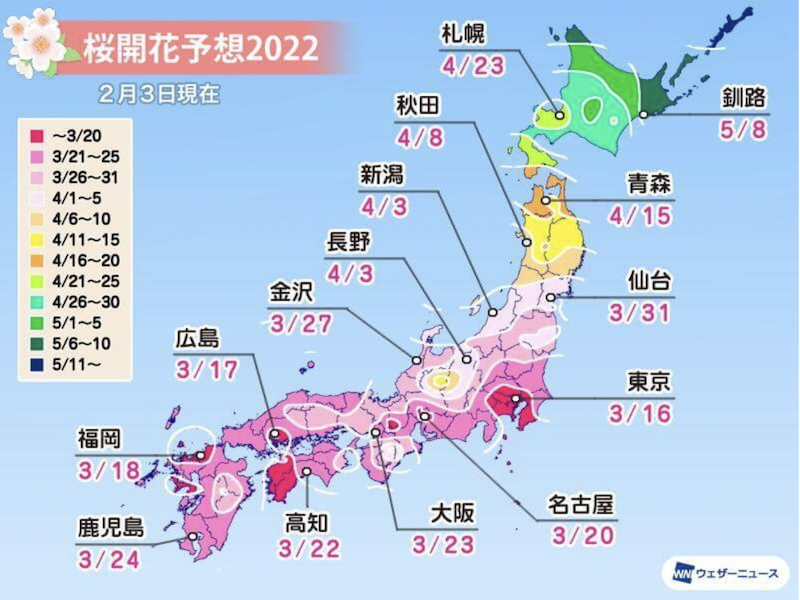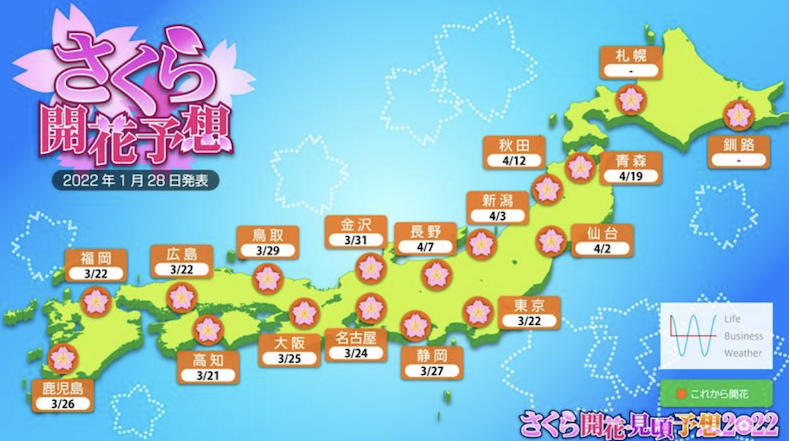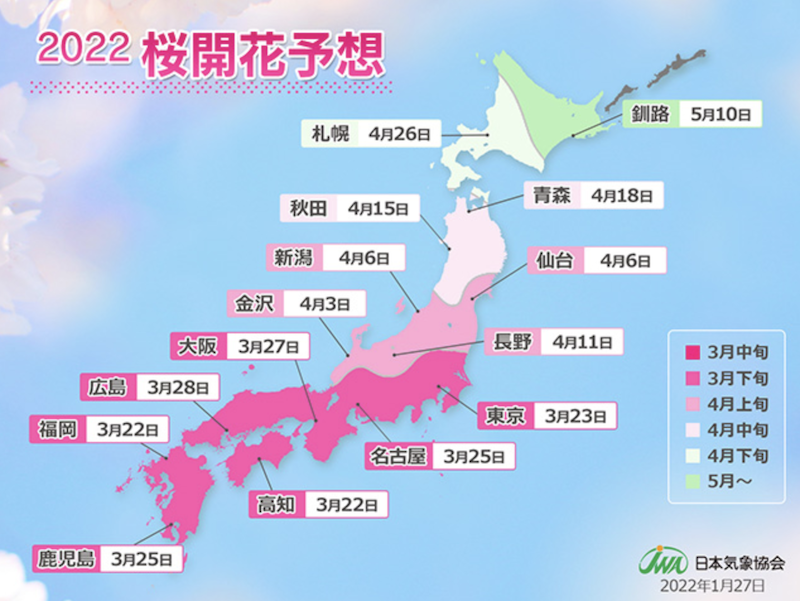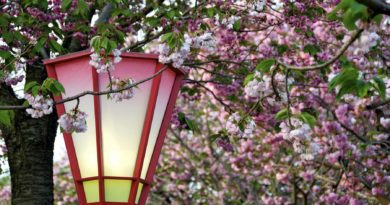Hiroshima cherry blossoms to arrive super early… or late in 2022
The latest cherry blossom forecasts from private sector weather services don’t do much to help schedule this year’s sakura viewing hanami picnics, but may work well as a sweepstake.
Annual cherry blossom forecasts, and their promise of warmer days, always provide us with something to look focus on during the coldest time of the year.
Several private weather services have released their latest predictions of when the sakura-zensen “cherry blossom front” will arrive in 2022. They all, however, seem to be reading their data differently.
Hiroshima top in 2021
In 2021, Hiroshima claimed the honor of being the first place to bloom when one of the nation’s 58 officially designated “observation” sakura trees popped its cherry buds on March 11 in Shukkeien Garden. It was the earliest this tree had ever bloomed and Japan’s 2nd earliest blooming since recording began in 1953.
So, what of this year?
Predictions range from the blooming commencing way earlier than usual, on March 17, to later than the average year on around March 28.
Weather News opts for the earliest prediction with blooming to commence in Hiroshima on March 17 a day after the first blossoms in Japan appear in Tokyo.

Life Business Weather also predict early blooms with with Hiroshima starting to turn pink from March 22 after the action kicks off in Kumamoto in Kyushu on March 20.

Japan Weather Association, however, predicts that we will have to wait until March 28.

This will be the date that bento companies will have their fingers crossed for as a later sakura season means more hanami gatherings in the first days of April as new graduates are welcomed into companies and people kick back at the start of the new business year after a hectic few weeks.
| Weather Company | Hiroshima | Tokyo |
| Weather News | March 17 | March 16 |
| Life Business Weather | March 22 (up from March 25 prediction a few days ago) |
March 22 |
| Japan Weather Association | March 28 | March 23 |
Further updates will be released over the coming weeks, adjusting to weather conditions and temperature fluctuations, but it will be interesting to see which of these early predictions will prove to have been closest to the mark.





